Writing a letter of interest matters. Here's why:
We currently live in the most competitive job market history has ever seen.
A recent LinkedIn survey showed that 1 in 3 people are actively looking for new work. In the US alone, the active working population is around 120 million people which means, on any given day, 41 million people are out there competing for the same jobs.
If you're like most people, you tend to apply for new opportunities online. A recent Jobvite survey showed 75% of job seekers cited online portals as their primary channel for applying. But here's the real kicker:
The chances of landing an interview when you apply online is roughly 2%. Keep in mind, that's an average – highly sought after companies like Google, Goldman Sachs, or Deloitte are far lower. To put that in perspective, Harvard's acceptance rate in 2018 was 4.59% (the lowest in the school's centuries-old history). That means it's twice as easy to get into Harvard than it is to land an average job.
I'll let that sink in…
Recent data shows that it's twice as easy to get into Harvard than it is to land an interview at an *average* company in today's job market. Share on XWith odds like that, we're destined to fail right? Not so fast.
What if I told you that these numbers are actually a good thing. Here's why:
A new study on hiring showed that 85% of jobs are filled via referral (aka networking). This corroborates a previous study done by the Wall Street Journal which found that only 20% of the available job opportunities are posted online. The other 80% are filled via word of mouth or referral.
This means that, if we can find a way to land a referral into our dream company, we'll only be competing against 20% of the job market for 80% of the potential opportunities.
That is HUGE!
Now the question becomes, how do you identify those jobs if they aren't posted online and how do you land a referral if you don't know anyone at the company?
That's where the letter of interest comes into play. Writing a compelling letter of interest will help you:
- Access the “hidden” opportunities at a company – jobs that may be opening up soon but are not posted online or available anyone else. You get first dibs!
- Show your enthusiasm and motivation for the role as well as proactively prove your skills, boosting your chances of winning the job
- Build a relationship with a current employee who can refer you into the company and advocate for you when the final hiring decision is made
This article is going to teach you how to write a highly effective letter of interest that accomplishes all of the above so that you can land a job you love at an amazing company.
How To Write A Letter Of Interest (A Step-By-Step Framework)
When it comes to writing a letter of interest, most advice is outdated and ineffective. If you check out other letter of interest samples on the internet, they typically:
- Include a lot of buzzwords and phrases like, “I strive to ensure that I am always paying close attention to detail and ensuring that my work is nothing short of my best at all times.”
- Are fairly self-centered – there's a lot of “I, me” language even when the sentences are talking about the other company
- Don't include any tangible value or ways to measure what you bring to the table
Leading companies see an average of 380 applicants per role, the majority being self-proclaim “detail-oriented, results-driven, team-focused” buzzworders. The truth is that adding buzzwords doesn't help you stand out. It ends up making your resume look like everyone else's.
On top of that, hiring managers don't want you to tell them how much you love the company and how badly you want the role. They want you to show them.
Let's look at an extension of the sentence above that I pulled from another letter of interest example:
I believe very strongly in personal accountability and integrity and have always made sure to represent both my employer and myself in a professional and ethical manner. I strive to ensure that I am always paying close attention to detail and ensuring that my work is nothing short of my best at all times. If I were to be hired by your company, I would be dedicated to delivering the same kind of high quality customer service I myself experienced. I am a hard-working, driven individual and am both a motivated self-starter as well as an enthusiastic team player.
What does all of this mean in terms of quantifiable, concrete value? How many new clients will you bring to the business? How much will this increase customer retention? What processes will this help optimize and what will the results be?
Those are the things hiring managers care about. They want to know the return they're going to get on the investment they make into you, and they want it to be net-positive. If you can show them that, you are golden!
My Proven “Letter of Interest” Formula
Now I'm going to share my framework for writing highly effective letters of interest that set you apart from the competition.
This formula has been tested across thousands of job seekers in the Cultivated Culture community who have gone on to land jobs at places like Google, Facebook, Goldman Sachs, Amazon, & more:
- Research the company in extreme detail – understand their challenges, upcoming initiatives, and culture
- Identify contacts who can impact the hiring decision for the role that you want. Build relationships with them
- Use the knowledge you gained from your research and conversations with your contact to build a deliverable that demonstrates your value
- Write a letter of interest around your deliverable and submit it to your contact
In the rest of this post, I'm going to walk you through each of those steps in details along with the resources, scripts, and templates you need to turn your next letter of interest into a job offer. As a heads up, this post is lengthy and highly detailed. That said, if you read it thoroughly and implement the tactics below, you're going to see a massive increase in the number of interviews and offers you receive.
Step 1: Researching The Company In Detail
Your first order of business is to thoroughly research the company you want to work for.
I can't stress how important it is to be thorough and learn as much as you possibly can about the company you want to work for before you start email people and drafting your letter of interest. You need to have a deep understanding of:
- The current status at the company – are things going well? Are they going poorly? In either case, why?
- Challenges the company is facing – what is keeping them from explosive growth?
- New initiatives – what are they introducing or improving to help the company grow?
- Culture – what are the company's core values? How do they incorporate those values into their products, their processes, and their employees?
This can seem like a daunting task, but it's actually much easier than it looks. Using the resources below, you can have a deep understanding of everything I mentioned above in just a few hours.
Watch/Listen To Shareholder Meetings & Earnings Calls
If the company you're aiming to get hired at is publicly traded, this is easily my favorite technique for learning about what they're doing.
Publicly traded companies are at the mercy of their shareholders. These companies hold earnings calls to discuss the financial results of the past quarter or year. The company will share how they did vs. projections (your first indication of whether or not things are going well) and why those results occurred. If they're facing challenges, those will be discussed. If there are new initiatives on the horizon, you'll hear about those too.
The best part is that all of these calls are typically recorded, transcribed, and incredibly easy to find. All you need to do is search Google for: [Company] Earnings Call or [Company] Investor Relations.
If we search for Twitter Earnings Call, we'll be taken right to their most recent quarterly results complete with a webcast, transcript, slide deck from the presentation, and more:
These meetings last anywhere from 10 minutes to a few hours and will give you a solid foundation of knowledge to build from.
Read What People Are Saying On SeekingAlpha
SeekingAlpha is another one of my favorite research resources. If you're not familiar, SA is a platform that crowd sources investment analysis and insights on the world's leading companies.
It's incredibly efficient from a research perspective because it provides two different categories of info – News and Analysis. The News section provides objective company updates such as quarterly earnings, product releases, and general market sentiments.
The Analysis section is a collection of articles written by analysts on the platform to help traders decide whether or not the company's stock is good buy. This is incredibly helpful because these people dive straight into the challenges, question marks, successes, and question marks to determine how a company will perform in the future. You can get a lot of inspiration for your value-add angle from these posts.
Finally, SeekingAlpha has a “Get Alerts” button (in the upper right hand corner of the image below) which allows you to sign up for a daily email digest of the best News and Analysis pieces:
This tool will save you hours of searching and scanning, hoping to find an article with decent information. Instead, that process gets automated and the best content shows up in your inbox every morning!
Watch/Listen To Interviews With Influential Employees
Another tactic I love to utilize is listening to interviews with senior employees of a company — people make u the face of the brand.
These interviews tend to be a less formal than shareholder presentations and the presenter controls the narrative. That means they'll be covering new topics or adding a brand new spin to the topics they've covered elsewhere. Sometimes a single sentence can open to door to a huge opportunity for you to add value.
Here's a great example where Andy Rachleff, the CEO of Wealthfront, discusses how he sees the robo-advisor software evolving in the next 6 years and how this fits into the company's larger vision as an automated financial planning service:
This strategy is incredibly helpful for smaller, private companies whose financial information isn't readily available for analysis.
Speak To The People Who Already Work There
Finally, one of the most powerful tactics you can use is actually speaking to employees who currently work where you want to be hired.
While the previous tactics are great for building that high level knowledge, many company's you'll be targeting have multiple ecosystems under their umbrella. The challenges and initiatives for the marketing team might be vastly different from what the software engineers are dealing with.
Additionally, every company has it's nuances – little details that you won't pick up from a job description or an interview with the CEO. It could be that a certain manager prefers people with a specific credential or that a specific team actually prefers to work 100% remote. Details like that create more opportunities to add value and position yourself correctly, but you have to dig deep to find them.
We'll talk about exactly how to identify the right people and get in touch with them in the next step:
Step 2: Finding The Right People To Send Your Letter of Interest To
Finding the right person for your letter of interest might be even more important than the letter itself. Many people might be open to reading your letter and helping you where they can, but they probably won't be able to do anything beyond referring you into the role.
If we're going to take the time to craft a totally awesome letter, we want to make sure it ends up in the hands of someone who can not only refer us into the job we want, but advocate for us throughout the interview process and have a say in the final hiring decision!
In my opinion, the best people to target are ones who are already working in the role you're hoping to get or someone who might be your manager if you were hired.
Pro Tip: Do Not, I Repeat, Do Not Reach Out To Recruiters
Most job searchers think that if they can make inroads with a recruiter, everything else will be a breeze! That couldn't be more wrong, here's why:
Recruiters are the human version of an online application. They get hundreds, if not thousands of emails every day from candidates just like you all vying to wiggle their way into an interview. The chances that a recruiter sees your email are slim to none, but even if they do and are willing to help, their influence only goes so far. The best a recruiter can do is get you in for an interview, but after that, their say in the hire is over.
Instead, it's a far better use of your time to focus on connecting with people who work on/close to the team you'd be a part of if you landed the job. They can refer you in, same as a recruiter, but they'll also be able to advocate for you throughout the hiring process!
Use LinkedIn To Find The Right Contacts
The first step to finding the right contacts is understanding what company/department/role you want to work in. The more specific you can be, the better, but not everyone knows exactly what they want and that's totally fine. For our purposes today, let's say that you want to be a Digital Marketing Manager at Amazon in their Web Services division:
Next, we're going to fire up LinkedIn and search for the job title + the company name. In this case, we're searching for Digital Marketing Manager Webservices + Amazon. That's going to bring up a list of people who currently work in that role:
All of these people are great prospects for us to reach out to. They currently work in the role we want so they are in a great position to provide us with information for current challenges, initiatives, and team nuances as well as turn our letter of interest into a job interview. All we need to do now is get in touch with them.
Getting In Touch With Your Contact
The best way to reach out to someone new is via email (forget InMail, Facebook messenger, and Twitter for now – you can leverage those if email doesn't work). When it comes to finding email addresses, my favorite tool is Mailscoop.io.
You simply plug in someone's first name, last name, and company website and Mailscoop will spit out their email address in a matter of seconds. You can use this to find almost anyone's corporate email. Here's Elon Musk's:
For those pesky emails that are harder to find (maybe your contact has an incredibly common name, for example), check out this guide on finding anyone's email address.
Once you have your contact's email address, feel free to fire off an email to start up the conversation. I always recommend warming up the relationship before sending your letter of interest because it will help you get valuable information that will boost your chances of success. Here's an email template you can use to get in touch:
Outreach Template For Letter of Interest Contact
Subject: Quick Question
Hi [Name],
My name is [Your Name] and I came across your profile while browsing through LinkedIn – I hope you don’t mind me reaching out of the blue here.
I saw that you have extensive experience on the marketing side of Amazon's web services vertical and I’m very interested in learning more about that space. I would love to have the opportunity to run some questions by you, as well as tap into any advice you may have given your knowledge of the industry.
I know that your time is extremely valuable so please don’t feel to need to respond in depth. If you do have a few minutes to chat, I would really appreciate it.
Best,
[Your Name]
When they respond, your goal is to set up a meeting – either over the phone or in person if possible – to learn as much as you possibly can about them, their team, and the company. Your conversation should uncover information around the same details we were after before – current challenges, upcoming initiatives, company culture, and your contact's personal goals. For a detailed guide on how to handle this conversation, I highly recommend reading through this guide.
Now you should be armed with an arsenal of information you can use to find an angle to add massive amounts of value — the foundation of your letter of interest.
Step 3: Crafting A Value Validation Project
Thus far, you've done things that most job seekers are doing. Researching the company, finding people to send your letter to, etc. Now it's time to kick things up a notch and do something that's guaranteed to make set you head and shoulders above the competition:
We're going to create a Value Validation Project.
This is a strategy I came up with when I was working to transition from the medical field into technology sales. The validation projects I put together allowed me to land jobs at Google, Microsoft, & Twitter without any traditional experience. They're an incredibly powerful tool and almost nobody else is using them right now which puts you at a huge competitive advantage.
Value Validation Projects are essentially deliverables that provide massive amounts of value to a company while proving out your skills and experience in the process. Crafting these projects is more of an art than a science – creativity is the name of the game.
This is why the research you did earlier is so important. The more information you have on a company, the more angles you can find to provide value. You might write up a blog posts highlighting solutions you created in response to the company's largest challenge, you might make a slide deck that provides feedback for an upcoming initiatives based on real customers you surveyed, or you might create a video that simply highlights your experience and enthusiasm for the team.
To give you a better idea, I'll highlight some examples of real Value Validation Projects that ended up winning the job offer. Then, in the next section, I'll show you how those people might have drafted their letter of interest based on the projects they created.
Validation Project Example #1: Cam Surveyed Real Customers At AirBnB to Identify A Service Gap
Cam, a student at Northeastern University, wanted a position in User Experience at AirBnB.
She had applied online without much luck and she'd been working to build connections at AirBnB, but none of them were opening up about the company's challenges. Cam was faced with two choices – she could give up and move on to the next company, or she could find a way to stand out.
Instead of focusing on AirBnB's employees, she turned to their customers. Cam poured through hundreds of social media posts across Facebook and Twitter to identify pain points that AirBnB's customer base was experiencing. She ended up finding two glaring issues:
- The lack of a keyword specific search filter
- How difficult it is to get a hold of AirBnB's customer service
Cam researched these two issues, came up with solutions for each, and packaged them up into a deck:
She sent her deck back to each of the contacts she'd reached out to earlier and the next week she was headed in for an interview.
Validation Project Example #2: Kelley Redesigns SoundCloud's App
Kelley and her friends loved streaming music. SoundCloud was one of their favorite platforms due to the community and volume of new artists, but the app totally sucked:
“What started out as a casual conversation with my friends turned into a serious exploration. This was partially because I love SoundCloud, and partially because I needed to challenge myself in order to move forward in my career. So I set out to redesign SoundCloud’s iOS app from the ground up, the way me and my friends would like it to be.”
Kelley decided to tear apart the entire thing and redesign it from scratch. Then she wrote a post chronicling the entire process from laying the groundwork, to explaining her scientific approach, to performing market research, and finally, identifying gaps & crafting solutions:
Her article saw close to 2,000 likes on Medium which, from my personal experience using the platform, can equate to 50,000 -100,000 views. Talk about getting noticed! Here's a link to the post if you want to check it out.
Next, I'll show you the letter of interest template that I recommend using and then we'll dive into some letter of interest samples based on the two Validation Projects above.
My Letter of Interest Template That Gets Results
Before you begin writing your letter of interest, you need to know who you're going to send it to.
My background is in sales which means I have sent a heck of a lot of cold emails in my day. One trick we used to use that tripled response rates was to send the same email to four different people and let them all know who received it.
For example, I would send an email to Jim and add a line mentioning that I sent the same email to Jenna, Pam, & Matt. Then I would send Jenna, Pam, & Matt the same email and mention sending it to the other three. This creates a sense of responsibility. Multiple people all know about this now and they feel accountable to do something in case anyone asks.
Before writing up your template, I want you to find three or four contacts who work on the same team (or at least in the same office). Once you know who you're emailing, then you can begin writing:
Part 1) The Introduction
The first part of your email should always introduce yourself and address the fact that you're a stranger sending a cold email. Here's a great example:
Hi James,
My name is Austin, a career coach in New York – I hope you don't mind me reaching out of the blue here.
Part 2) The “Warm Up”
In the second part of your email, you want to warm up the person by letting them know why you reached out to them. Then you want to add in a hook at that grabs their attention:
As a consultant who helps hundreds of small businesses drive leads via PPC, I absolutely love Google AdWords. Your product is amazing, but it's not reaching it's full potential customer base.
The first sentence establishes credibility – I know what I'm talking about – and the second sentence should get his attention with a slight neg.
Part 3) The Value Add
Now you want to showcase your value to your contact:
I ran a survey of the 300+ businesses I've worked with over the past 4 years and 90% of them said they allocate less than 20% of their ad budget to Google because they don't get the support they need. I jumped on the phone with 25 owners to understand exactly what they'd hope to get from Google and I believe there's an opportunity for you to create scalable solutions that will help capture more dollars from small businesses. I put together my findings in [this link].
Part 4) The Call To Action
To wrap up your email, ask them to get on the phone to discuss. Then sign off and mention the other people you sent your email to!
I know how valuable your time is, but if you have a few minutes, I'd love to chat about how you can implement this as well as the open role on your SMB Sales team.
Best,
Austin
PS – I also sent a separate note to Jenna, Pam, & Matt about this
Now let's take this template and apply it to the scenarios I laid out in the Value Validation section with Kelley and Cam.
Letter of Interest Samples
We're going to use their projects and goals to write sample letters of interest for three different situations:
- Making your interest known for your dream role, regardless of industry or title (cold pitch)
- Making your interest known for a role with a contact you've been having conversations with
- Breaking into a company as a new grad with little-to-no experience
Letter of Interest Sample #1: Writing A Cold Pitch To Make Your Interest Known
In this example, we'll pretend that Kelley has been dreaming of marrying her love for music and design. A role in User Experience at SoundCloud would be absolutely perfect, but she doesn't have any connections at the company.
In order to make her interest known and grab the hiring team's attention, she found four different contacts on SoundCloud's UX team (Sam, Jenn, Kiki, & Tom) and she's going to pitch them her app redesign:
Sample Letter of Interest – Cold Pitch
Hi Sam,
My name is Kelley and I'm a designer from LA — I hope you don't mind me reaching out of the blue.
As an avid music nerd, SoundCloud is my favorite platform to find new and support new artists (it looks like we're both fans of Louis Futon – I just saw him at Made In America!). While the SC community is amazing, the app is not. Far from it. I know that an increasing number of people are ditching our beloved community for other platforms like Spotify and Apple Music.
I want to help you change that!
As a start, I tore down the SoundCloud app and redesigned it from scratch based on three hypotheses:
1. Music streaming and discovery is a very social activity
2. Making playlists is crucial to one’s listening experience
3. Discovering new music must be convenientI performed some extensive market research and surveyed current users to create user personas/avatars to highlight frustrations and desires:
Next, I used that feedback to mock up and test against my hypotheses with those same users. I refined the design until we had something that boosted satisfaction levels 30% over the previous design:
I chronicled the entire process along with the data I collected from my research, the hypotheses I tested, and the iterative process to arrive at a SoundCloud app design that people will love in this post: My Friends Hate SoundCloud iOS So I Redesigned It For Them.
I noticed that you all have an opening on the User Experience team. If you have a few minutes, I'd love to chat about how we can partner together to make SoundCloud the best music app available today 🙂
Best,
Kelley
PS – I also sent a separate note to Jenn, Kiki, & Tom about this!
Kelley Nguyen
123-456-7890
LinkedIn | Medium
Letter of Interest Sample #2: Making Your Interest Known To A Connection or Contact
Now we're going to use Kelley's same project but we're going to pitch it as if she has already met Sam and got some info around SoundCloud's user retention challenge:
Sample Letter of Interest – Follow Up After Conversation
Hi Sam,
It was great meeting you last week – I can't believe we were both at Made In America this year! Such a small world.
Thanks so much again for taking the time out to chat with me, I know your time is valuable. I spent some time thinking about the challenges you mentioned, specifically around user retention.
I actually went ahead and survey some existing SoundCloud users (some that I know personally and some I found via social media) to get a better understanding of their frustrations and desires for the app. I actually went ahead and created some user personas based on the info I found:
I also used this info to create three hypotheses that I could use to test mocked up redesigns of the SoundCloud app:
1. Music streaming and discovery is a very social activity
2. Making playlists is crucial to one’s listening experience
3. Discovering new music must be convenientThen I leveraged those same users to test new designs against my hypotheses. We iterated a few times and eventually came up with a design that boosted user satisfaction levels 30% over the previous design (based on a survey I created):
I chronicled the entire process along with the data I collected from my research, the hypotheses I tested, and the iterative process to arrive at a SoundCloud app design that people will love in this post: My Friends Hate SoundCloud iOS So I Redesigned It For Them.
If you're up for another chat, I'd love to discuss this in more detail as well as the open role on the UX team at SoundCloud. I would love to have the opportunity to help you all turn SoundCloud into the world's best music app as a full time gig 🙂
Best,
Kelley
Kelley Nguyen
123-456-7890
Letter of Interest Sample #3: Breaking Into A Company As A New Grad Or College Student
One of the biggest questions I get at Cultivated Culture is from college students or new grads wondering how they can get their foot in the door without much experience in the professional world.
For this sample letter of interest, we're going to use Cam's project for AirBnB. We'll pretend her contacts there are Andy, Brittany, Ming, & Tayo. Take a look:
Sample Letter of Interest – College Student / New Grad
Hi Andy,
My name is Cam and I'm a senior at Northeastern (graduating in May!) — I hope you don't mind me reaching out of the blue here.
Over the past 3 years, I've made it a point to spend at least two months in other countries which led to my absolute love for AirBnB. I used it exclusively for those trips and I met so many amazing hosts and experienced local culture like I was never able to in hotels or resorts. Now I want to help AirBnB become the best platform it can be.
I spent a few months collecting data from your customers around their biggest pain points and desires. From the several hundred responses I received, two major issues stood out:
- The lack of a keyword specific search filter (to find listings with a hot tub or laundry in unit, for example)
- Difficulty reaching the AirBnB customer service team
Based on this data, I went ahead and mocked up two solutions that are easy to implement and would help resolve these issues leading to high levels of customer satisfaction and retention.
You can find the data from my customer research as well as the solutions right here in this deck.
If you have a few minutes to chat, I'd love to discuss this further as well as chat about the open role on your Product Team.
Best,
Cam
PS – I also sent a separate note about this to Brittany, Ming, & Tayo!
Cam [Last Name]
123-456-7890
If you're tired of applying online and never hearing back, these modern strategies for writing your next letter of interest will help you avoid the black hole and get referred in by someone who can advocate for you during the hiring process.
Now, what are you waiting for? Time to get after it!








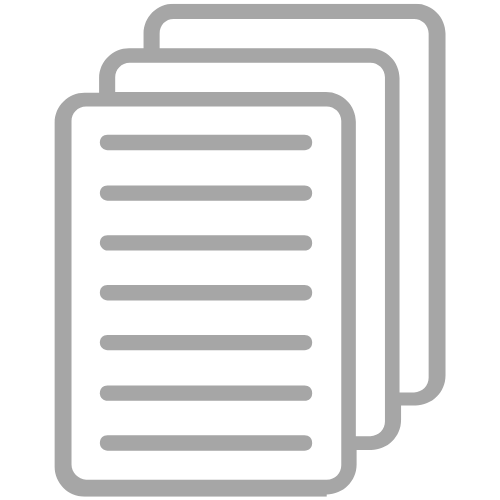










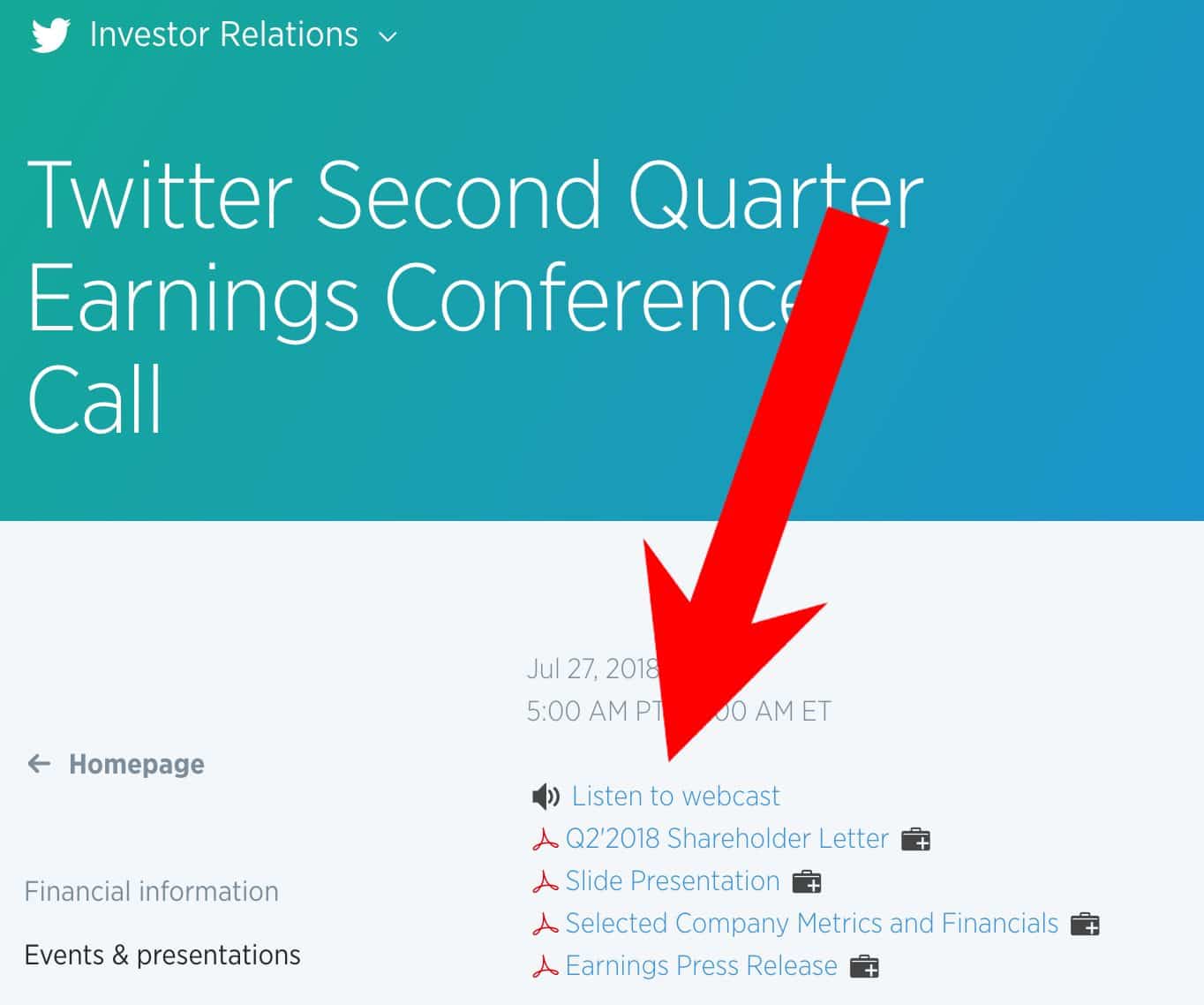
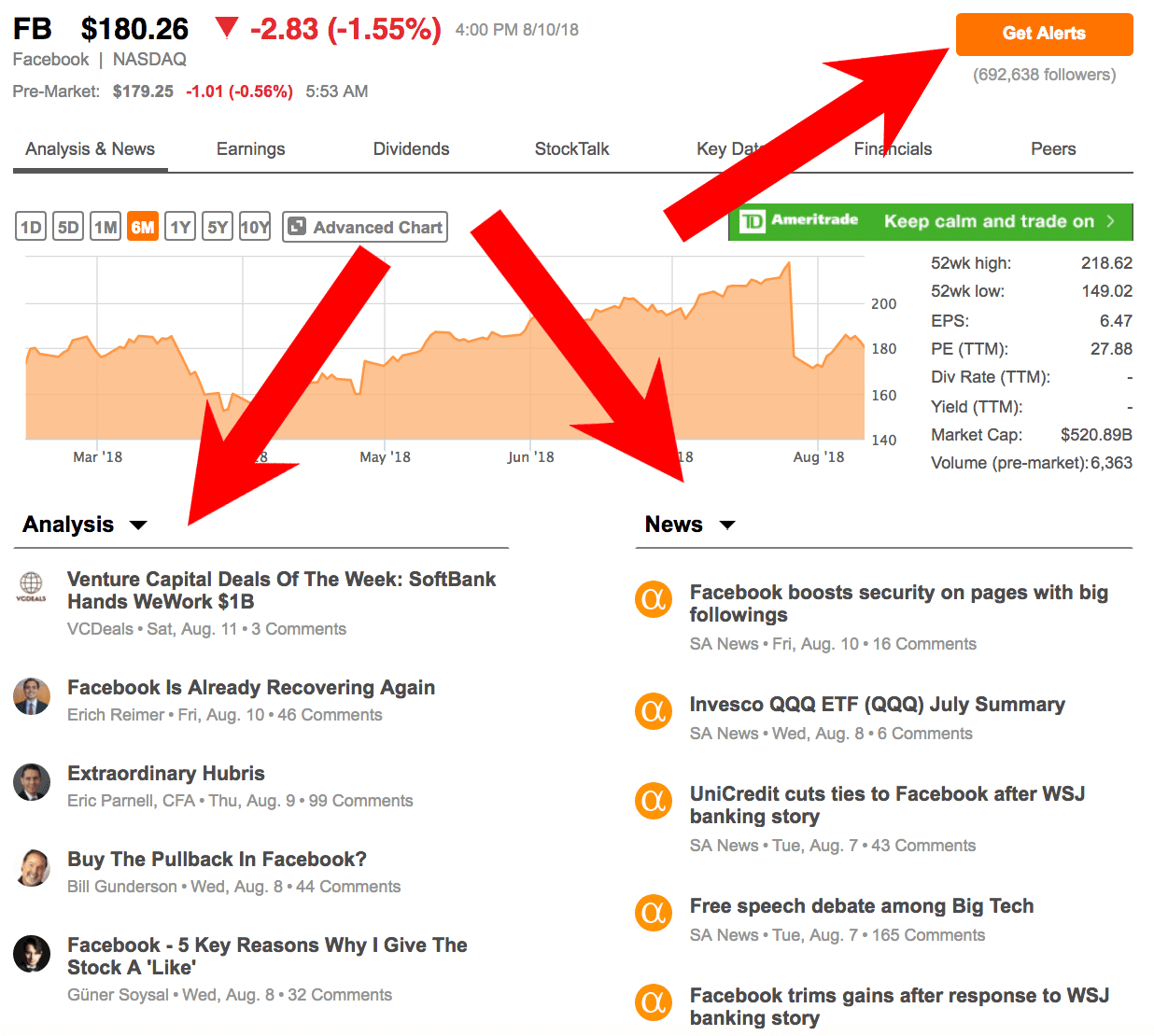

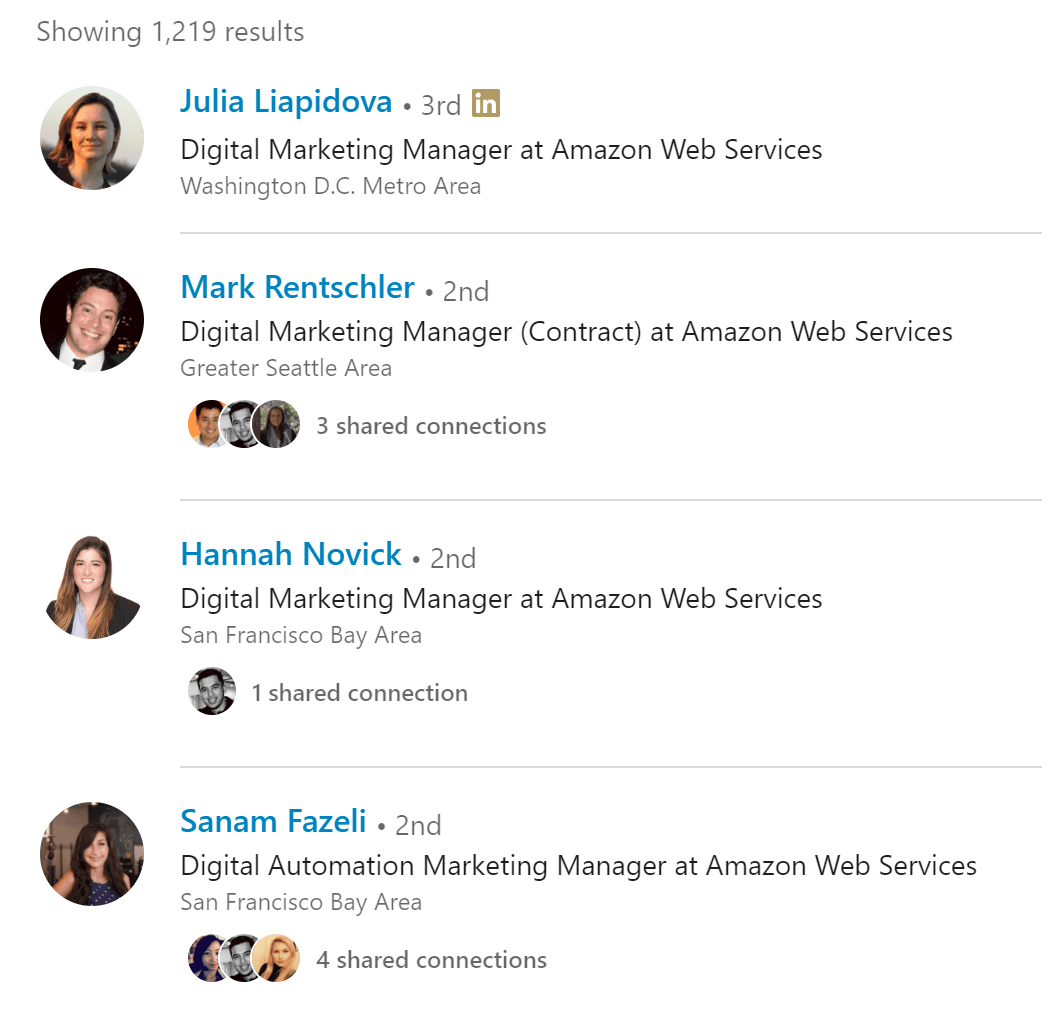
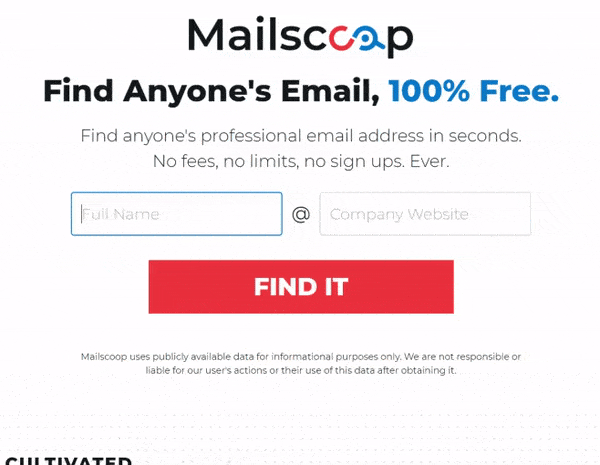
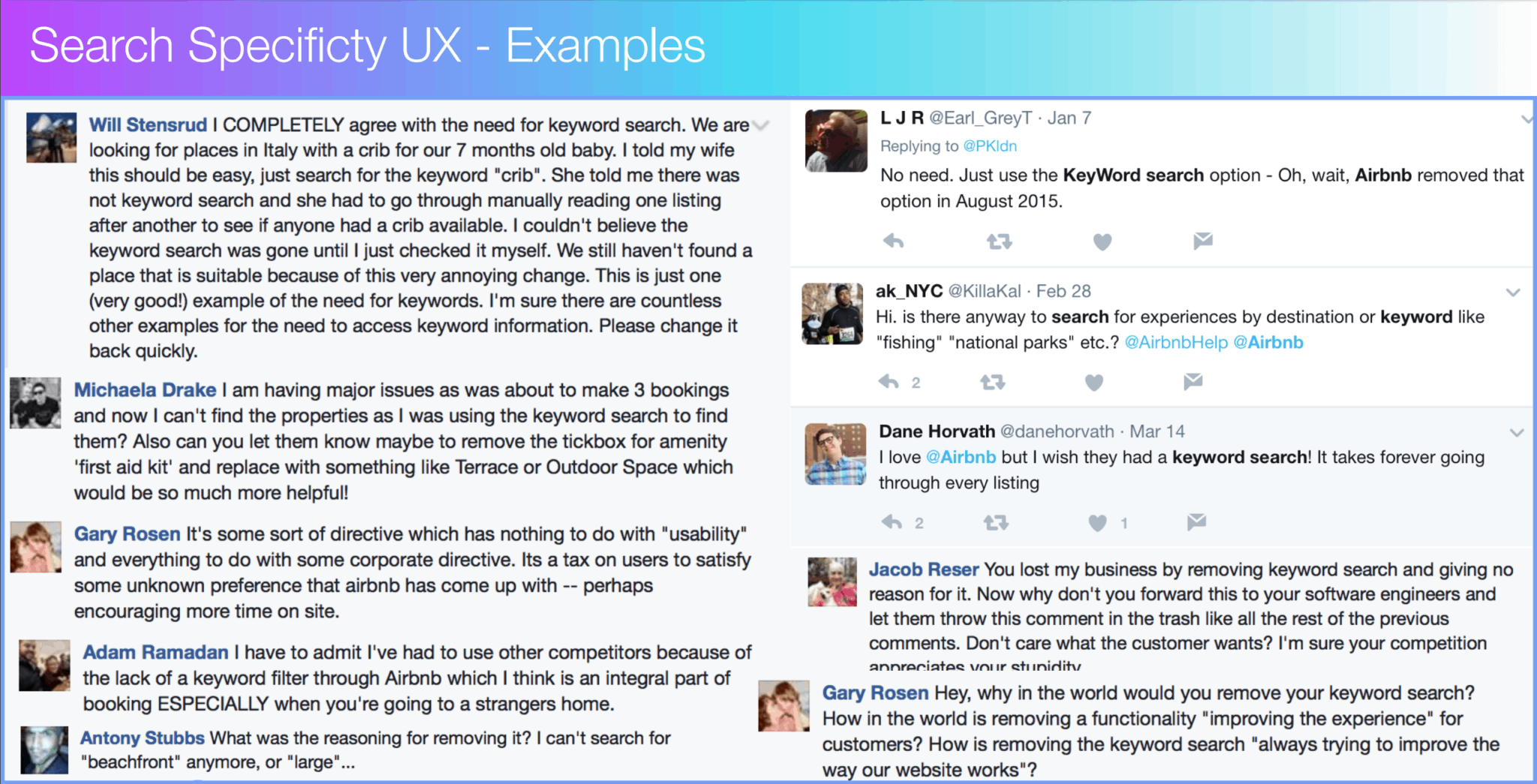
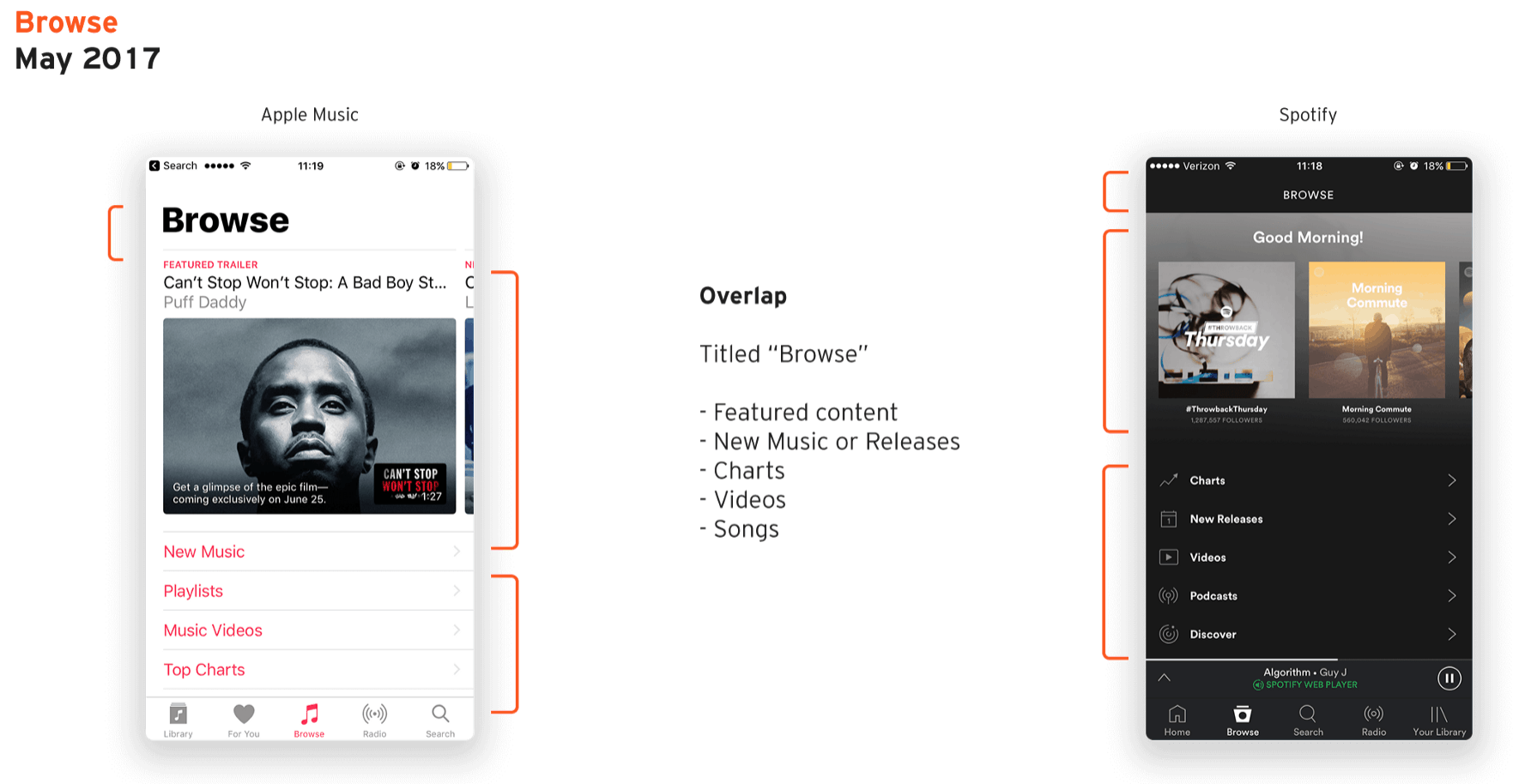
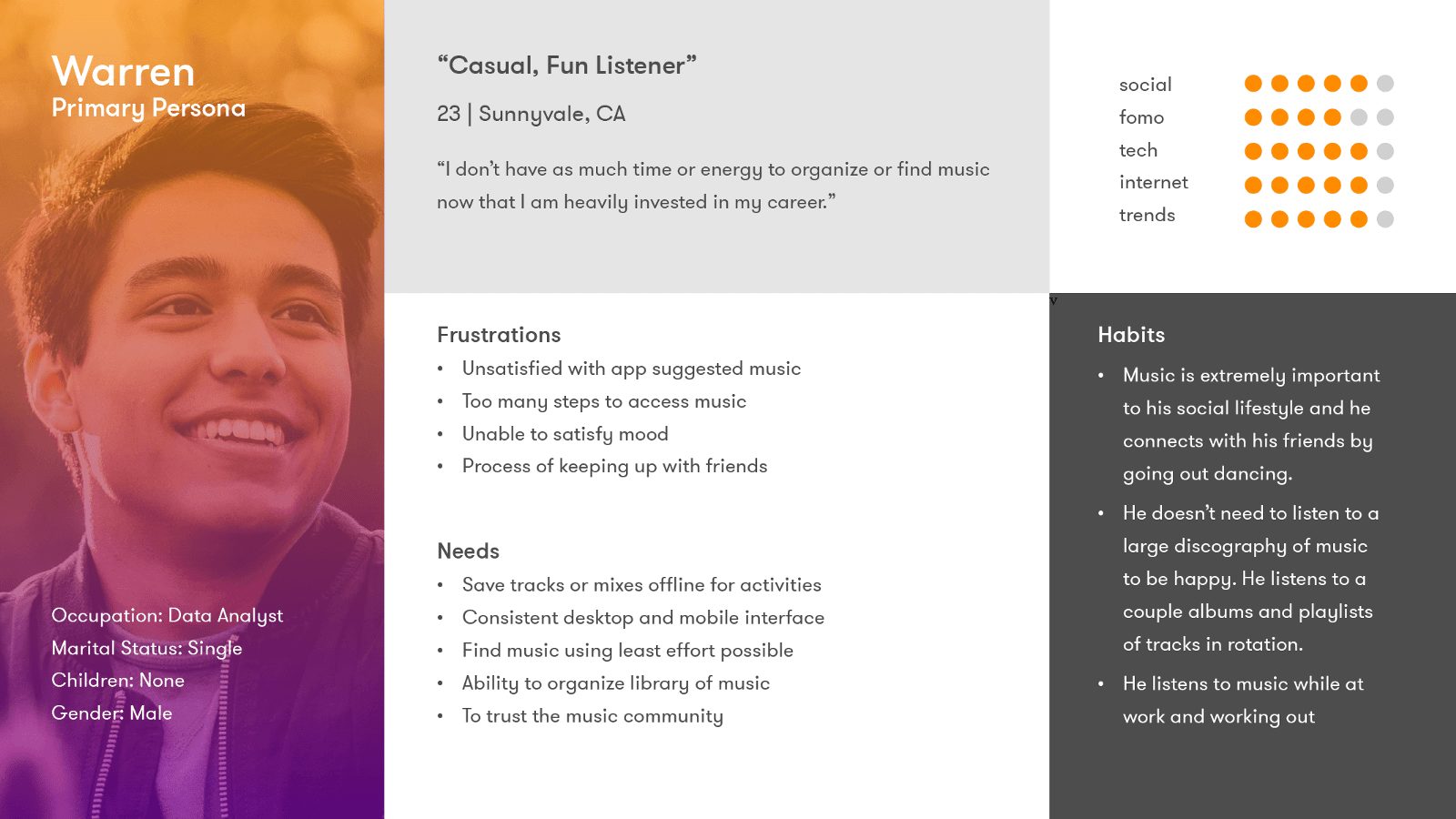
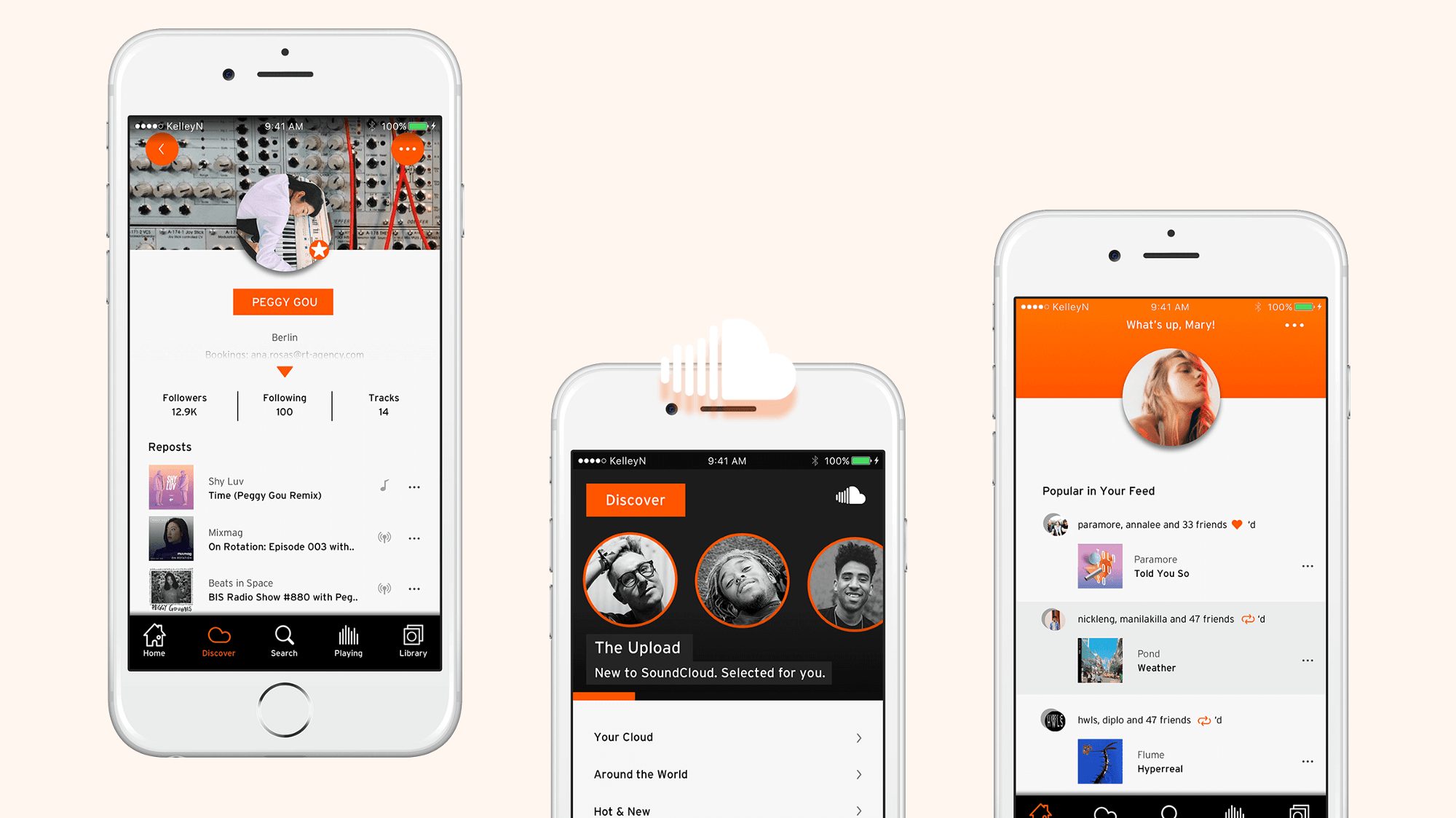






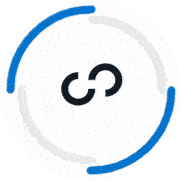



Love your content, and respect the way you present this info. I’m very bullish on the strategy you post here, especially about the value projects.
My question is:
How could value projects be used as a software developer, when most work in the field is done using the components of the company’s software itself, and likely won’t be able to use it as a base for showing demonstrable value?
Hey Alex,
Thanks for giving it a read! Great question.
Companies are aware of the same limitations so there’s no way they would expect you to come up with something based on the ins and outs of their system.
Instead, they want to see a a project that proves out value for the skill sets they’re looking for in a new hire. For example, if they’re looking for someone who is proficient in Javascript as well as Company X’s API you could look into creating your own project that incorporates both.
Or if the company is into artificial intelligence you could make a bot that scrapes specific databases/resource and then performs some sort of AI-based action from the data it collects. For example, this guy whose bot scraped Full House episode scripts and wrote it’s own: http://nymag.com/selectall/2016/04/how-i-built-a-bot-to-write-full-house-episodes.html
The goal is to show that you’re not afraid to roll up your sleeves and learn. That’s what is going to set you apart!